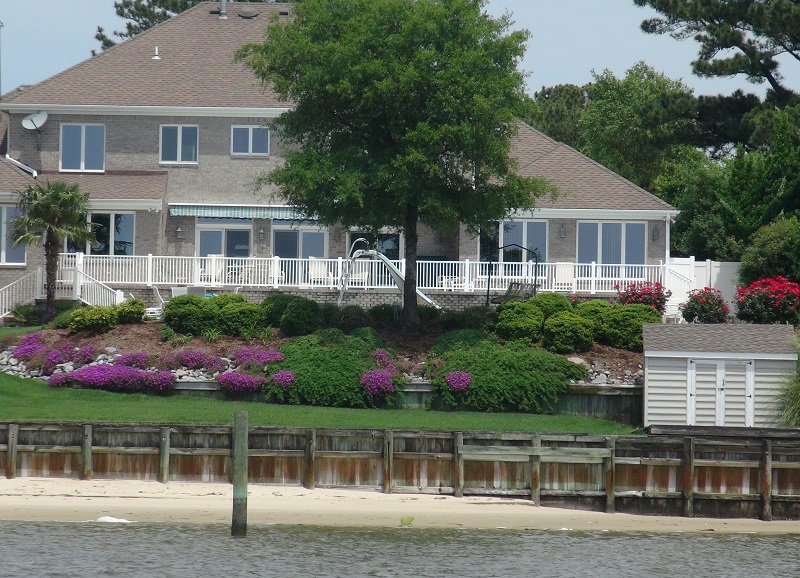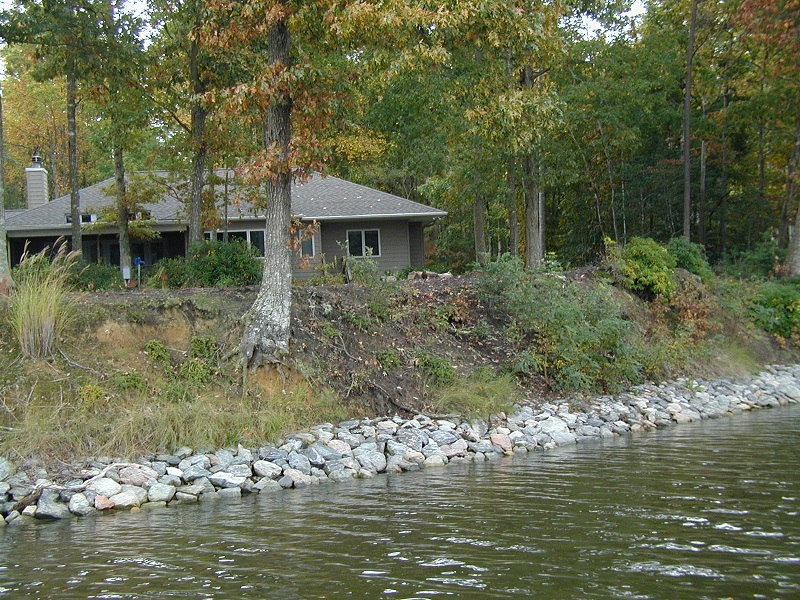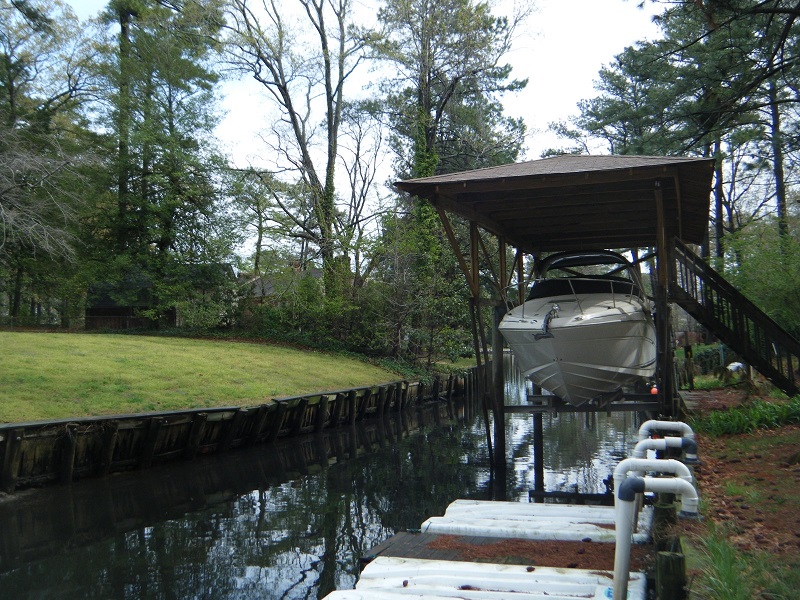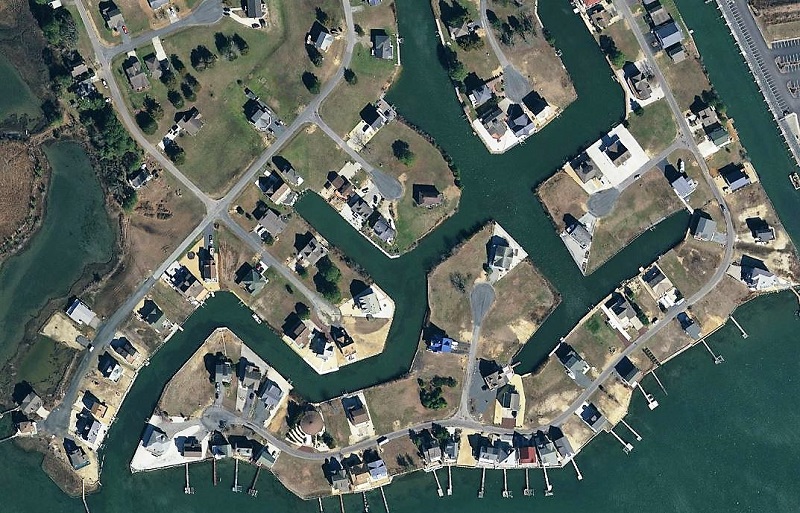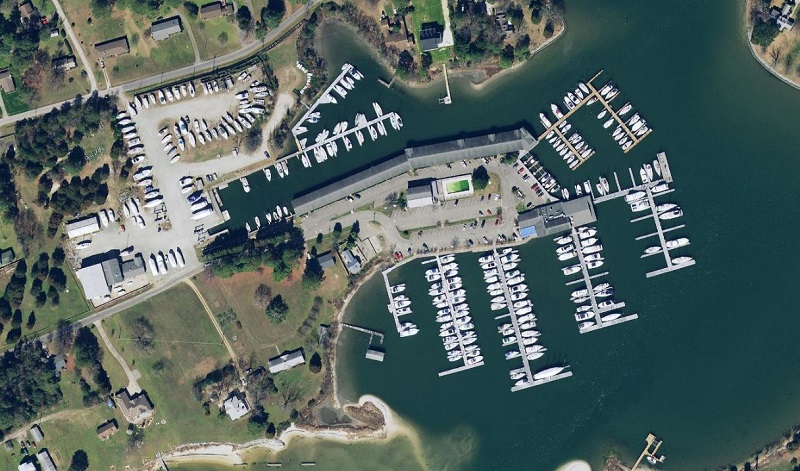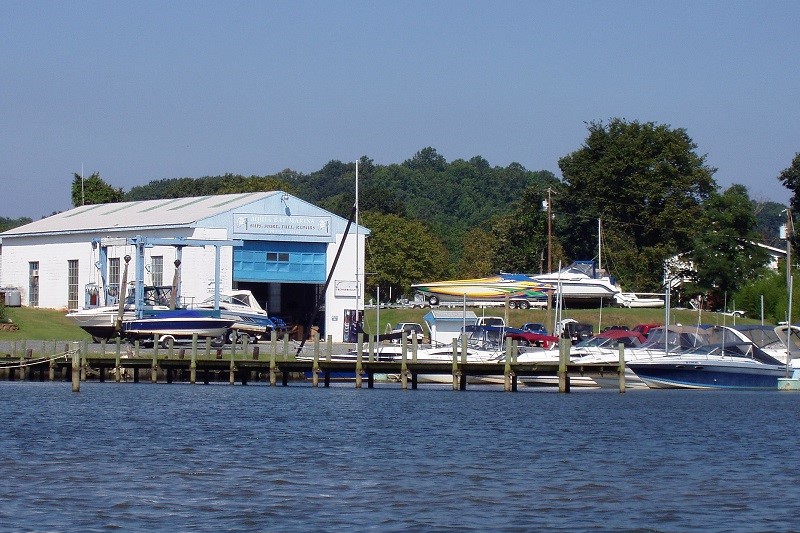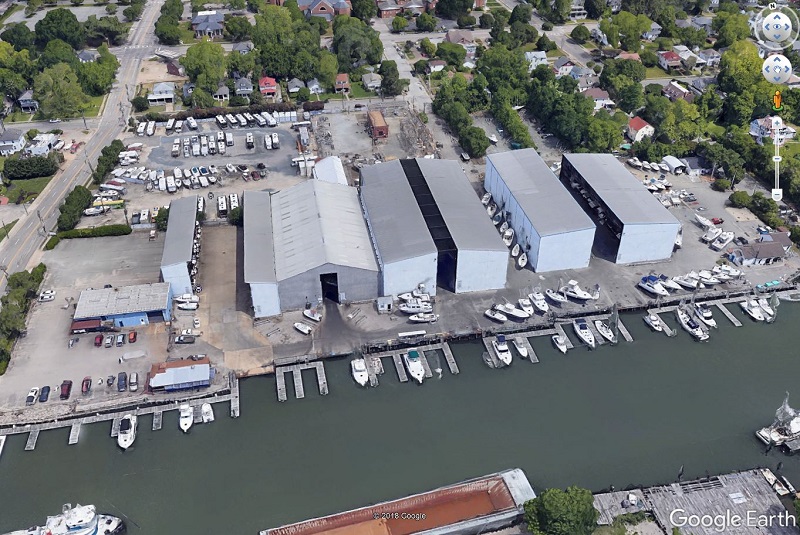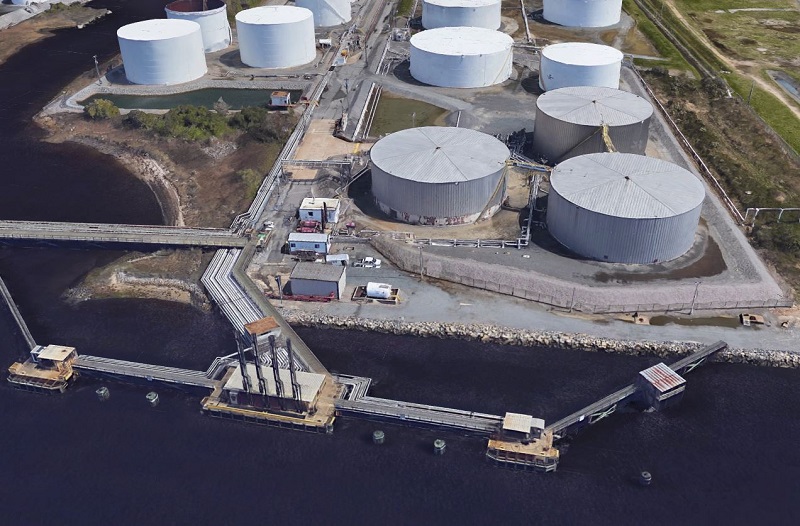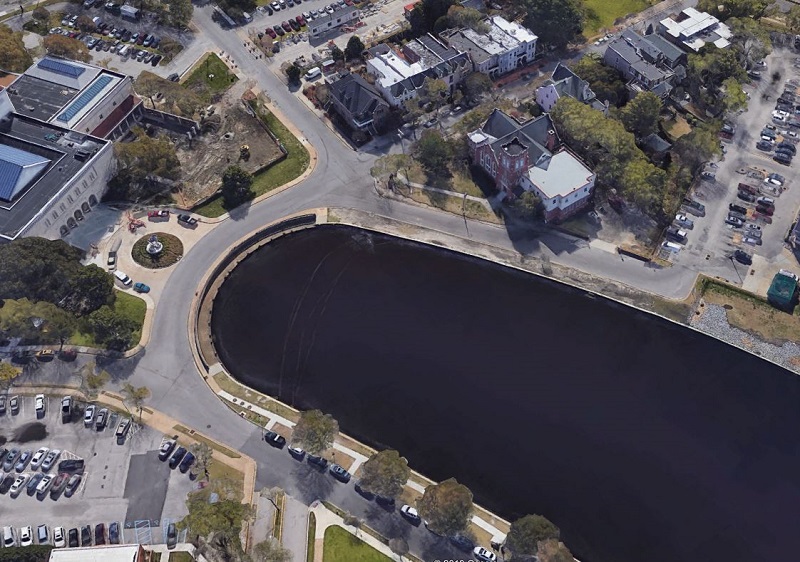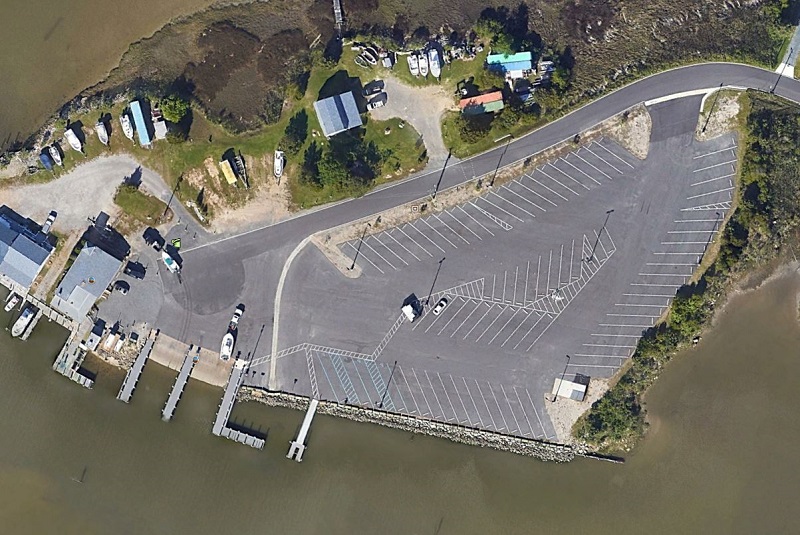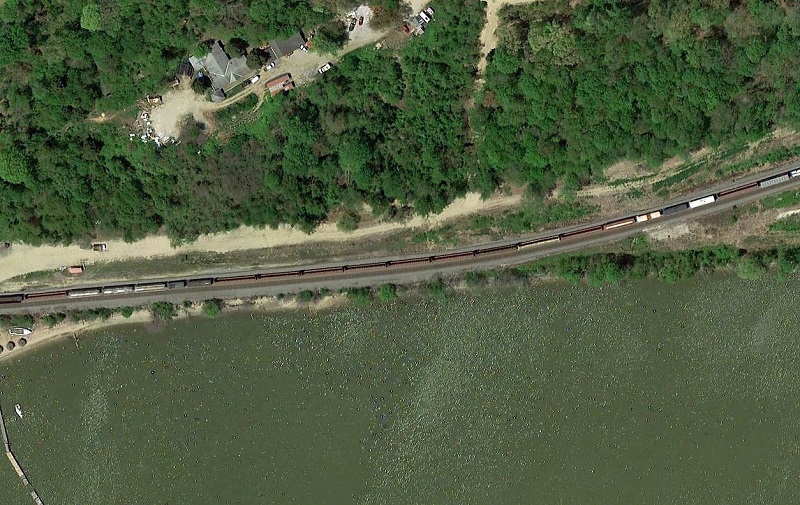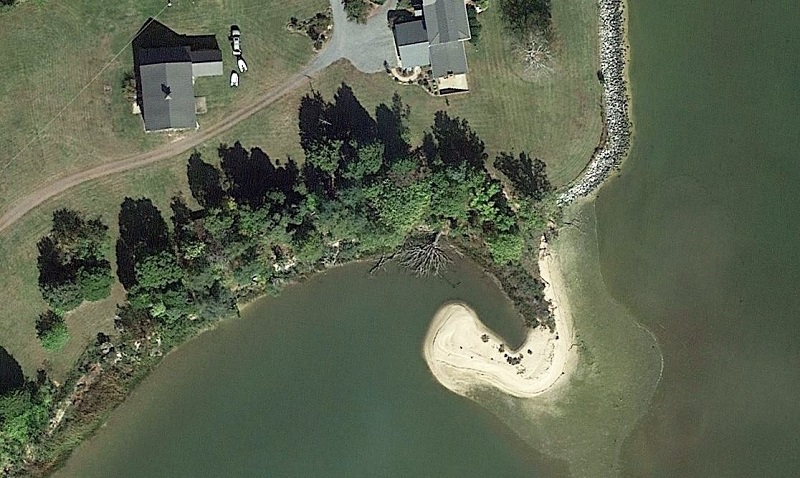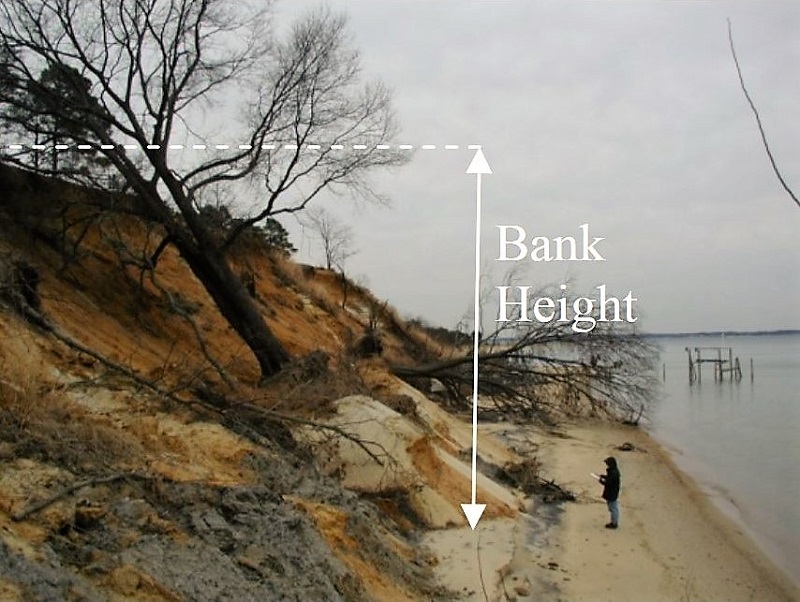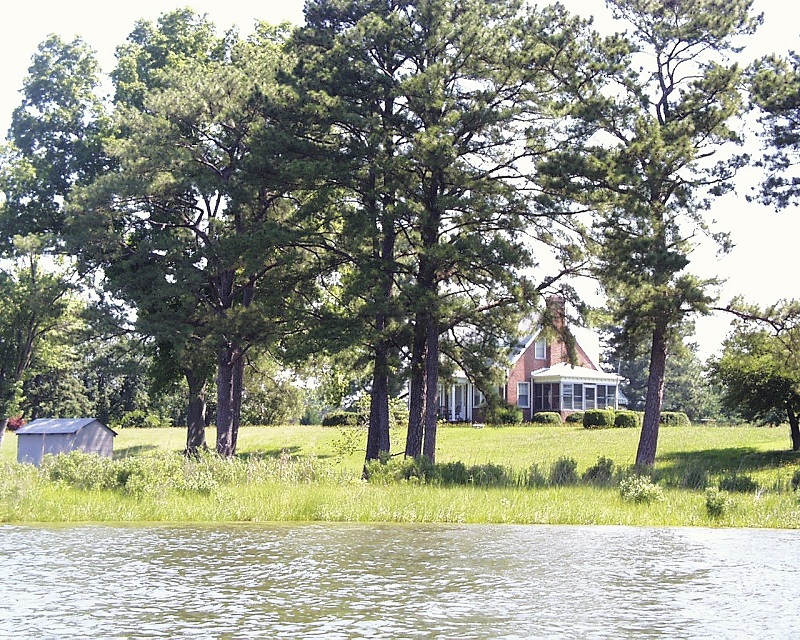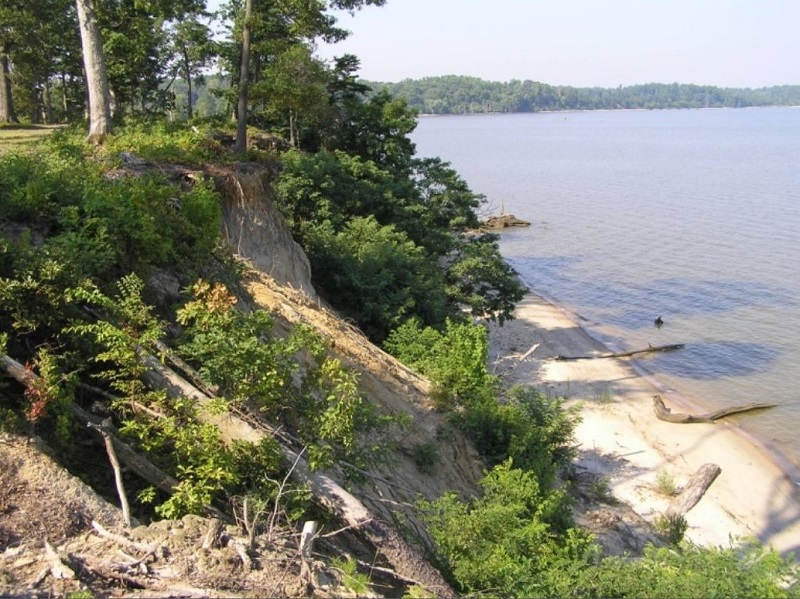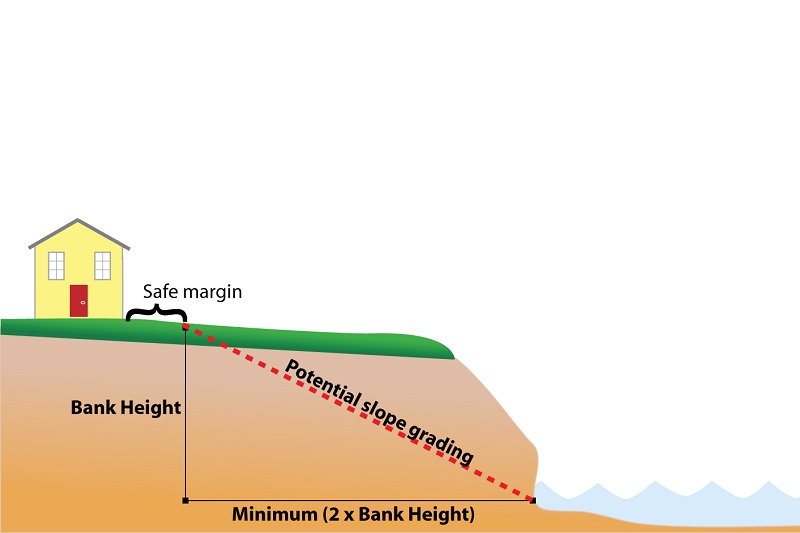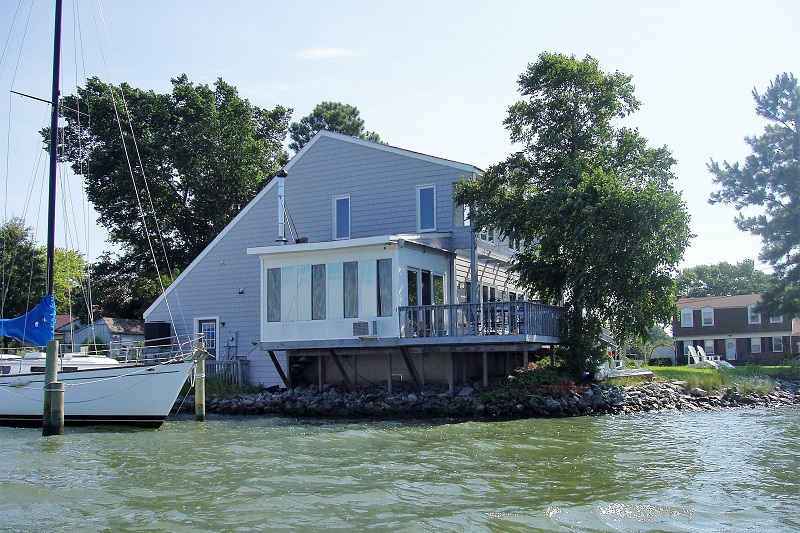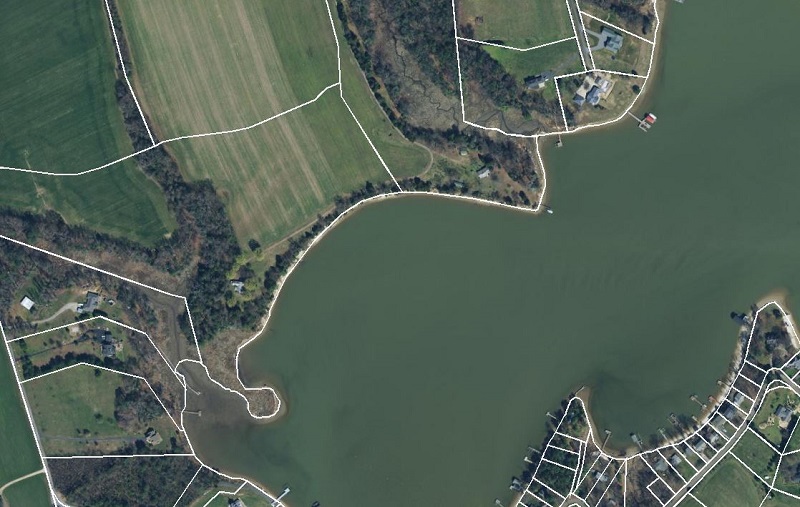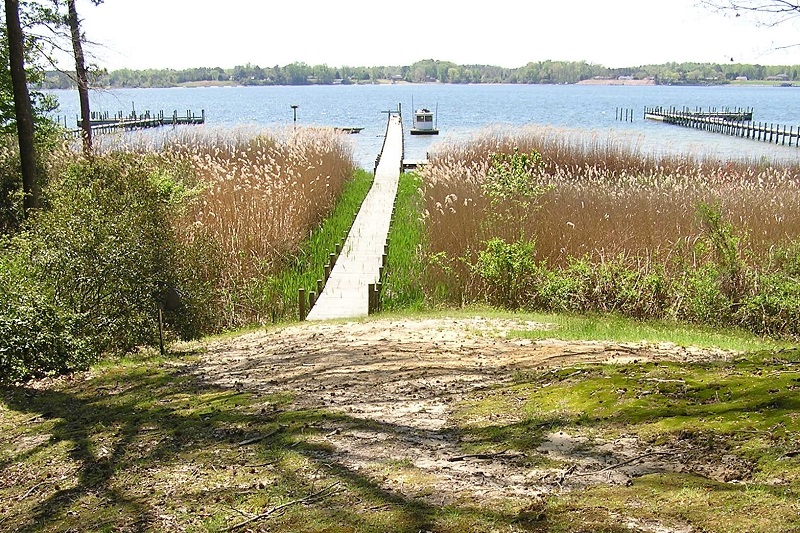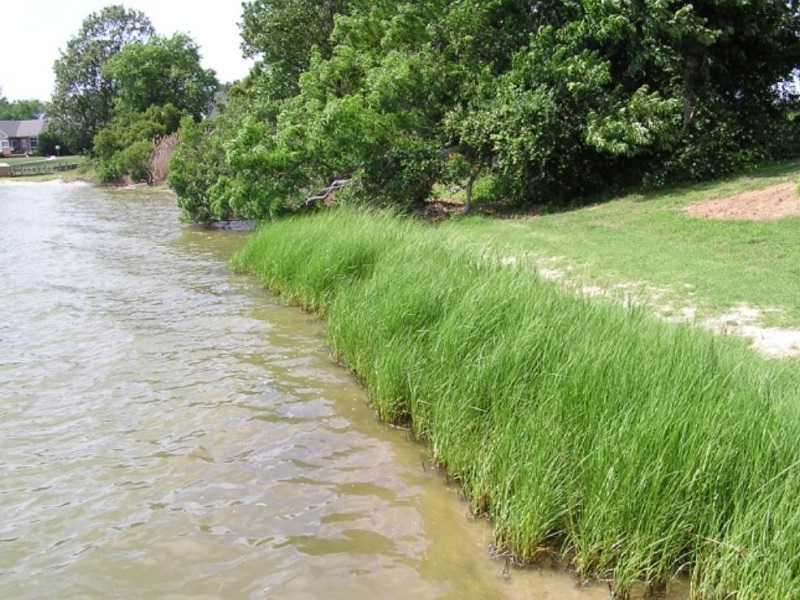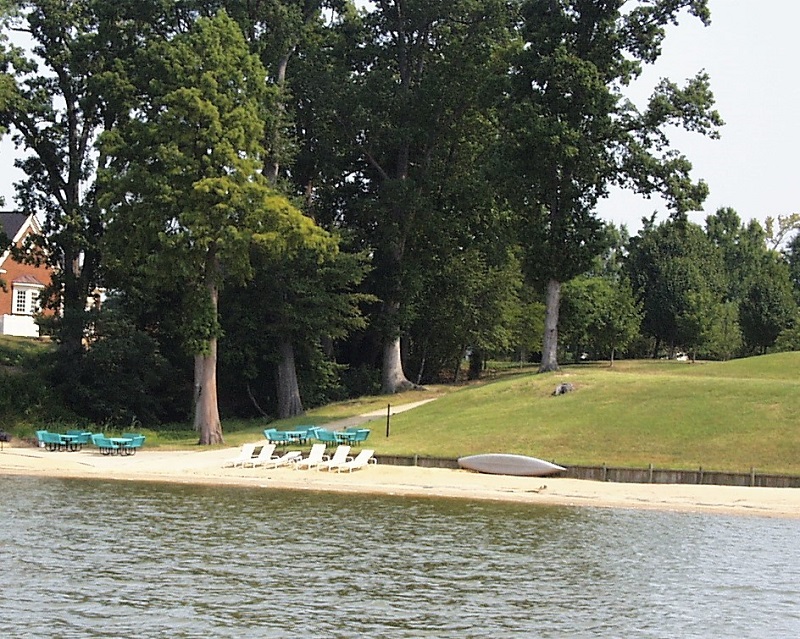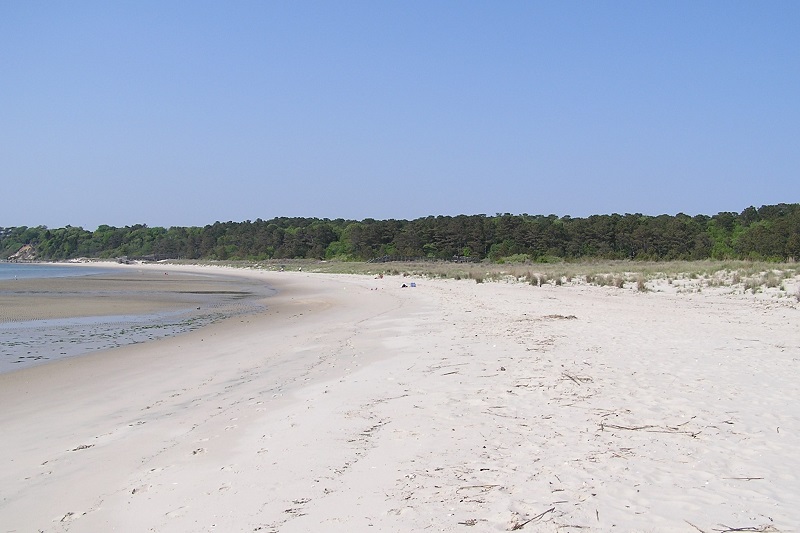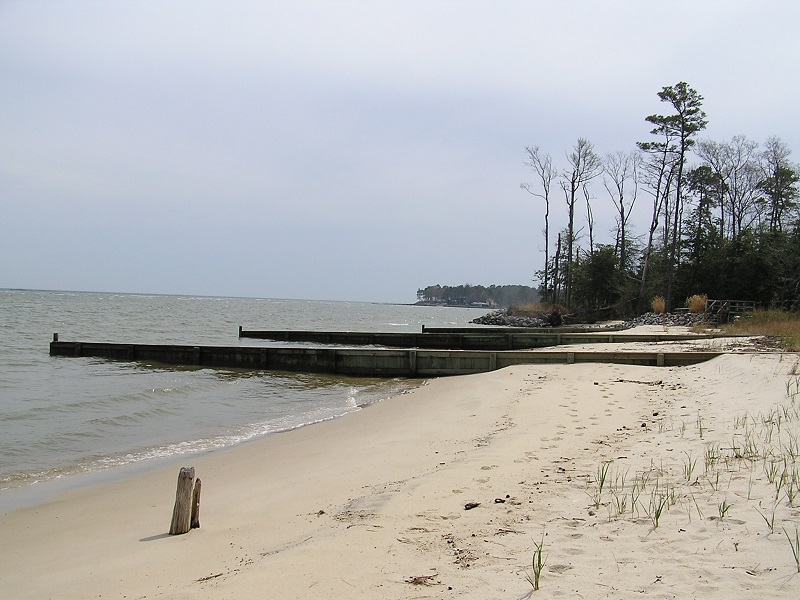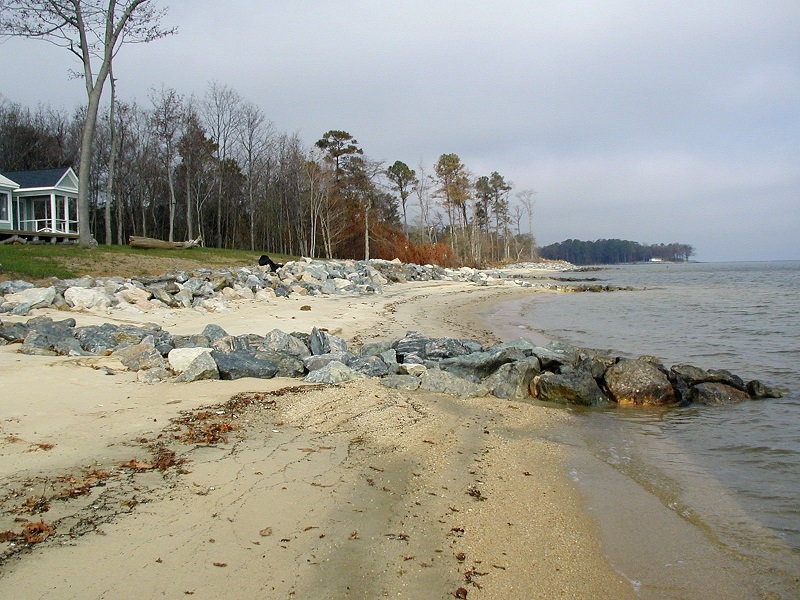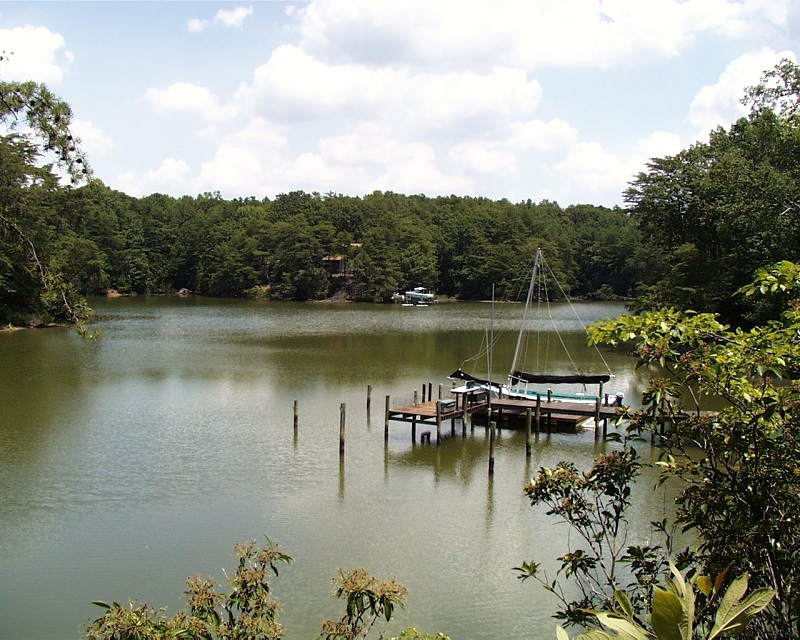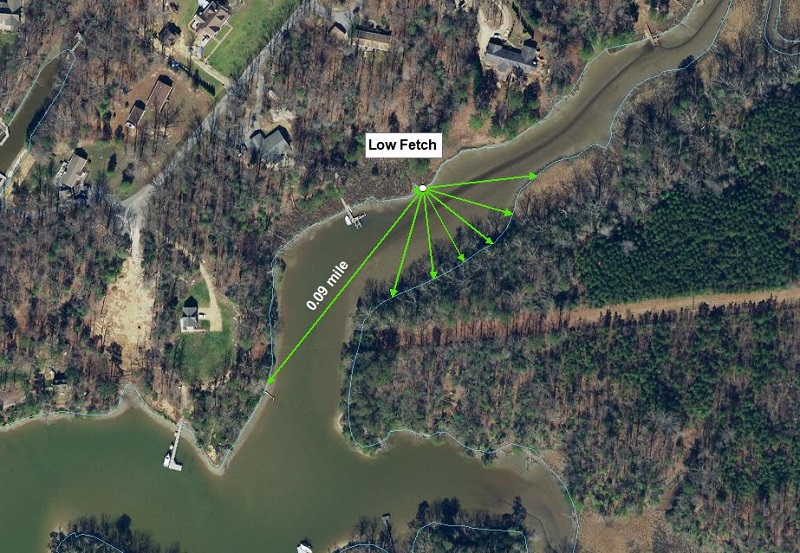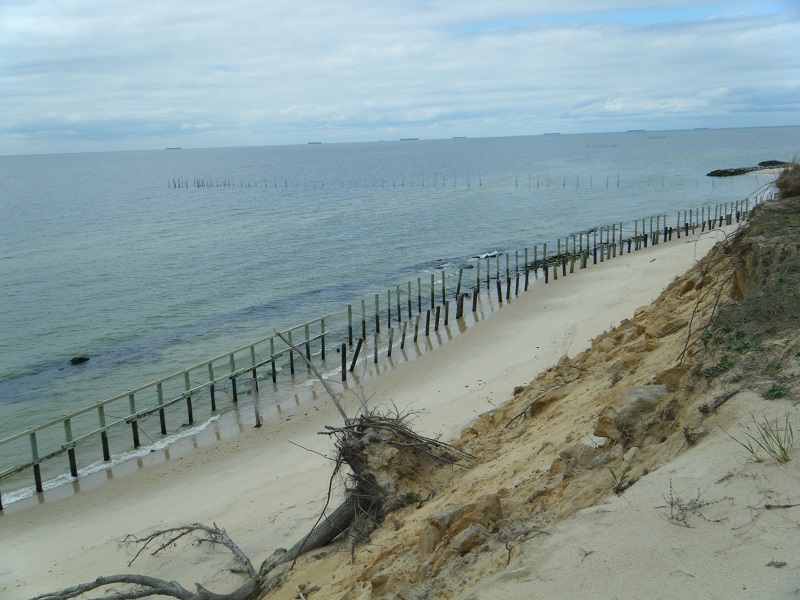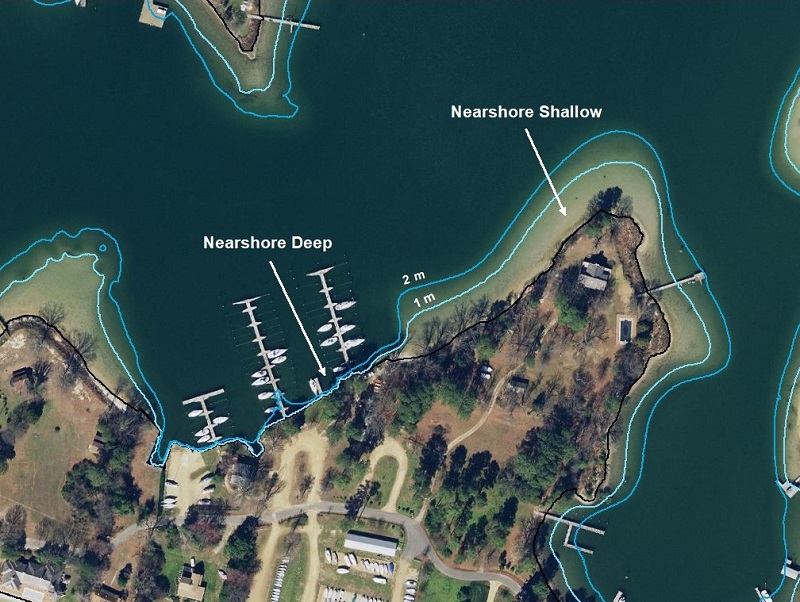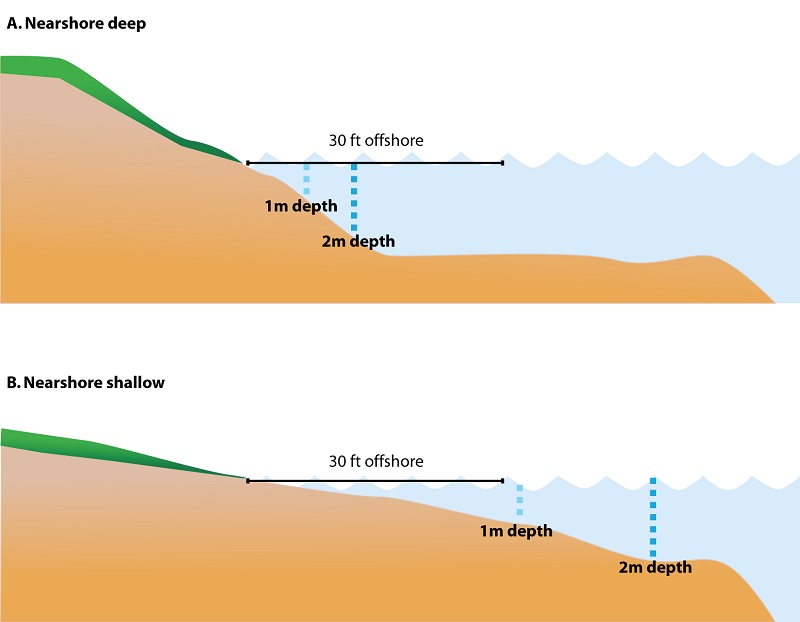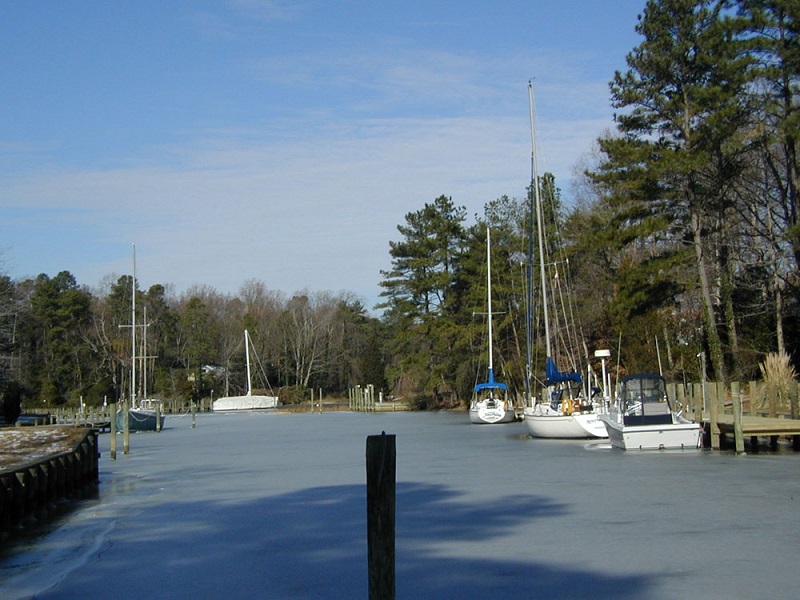Answer a series of questions and follow the prompts below to arrive at a recommended shoreline erosion control strategy.
< Back to Introduction and How ToIs the shoreline currently defended with an erosion control structure?
Please select an answer!
Is the shoreline part of a residential canal?
Set answer to 'no' if you want to continue!
Is the shoreline part of any of the following?
Set answer to 'no' if you want to continue!
Is there submerged aquatic vegetation (SAV) or mangroves within 30 feet of the shoreline, or is the shoreline part of a sand spit?
Set answer to 'no' if you want to continue!
Most coastal states have rules and regulations that prevent placing structures in an area where SAV has been mapped in atleast one out of the previous five years.
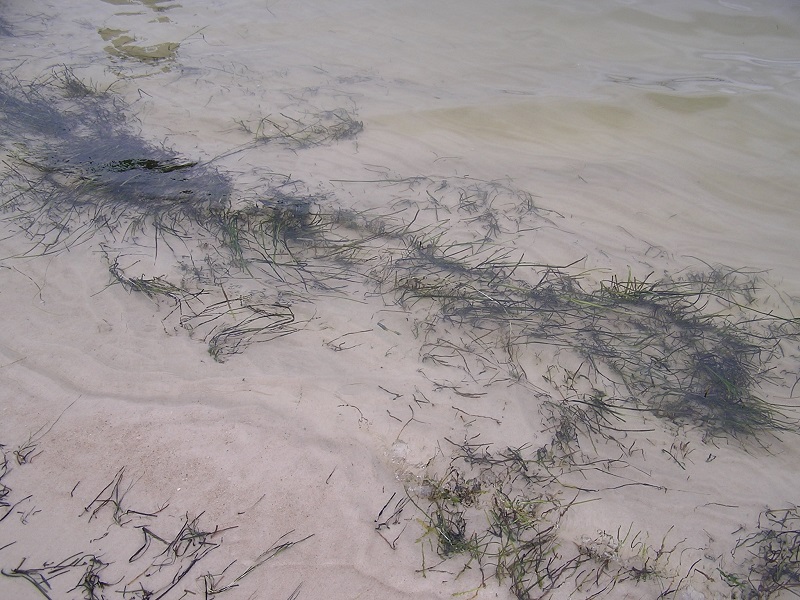
Submerged Aquatic Vegetation (SAV) are underwater grasses that grow in shallow water. A few of the important ecological services they provide include habitat for crabs, fish, and shellfish, food for waterfowl, and improved water quality by trapping suspended sediment and absorbing nitrogen and phosphorus.(NOAA. Submerged Aquatic Vegetation. NOAA Chesapeake Bay Office website, https://chesapeakebay.noaa.gov/submerged-aquatic-vegetation/submerged-aquatic-vegetation, accessed on 3/21/2019)

Mangroves are trees and shrubs that are adapted to living along tidally influenced tropical and subtropical coastal areas. They have developed special adaptations to handle oxygen-poor, salty soils. They typically have exposed, arching roots that provide support and access to oxygen for the tree. Mangroves and their roots help dissipate wave energy, stabilize the shoreline, and provide habitat for a wide variety of creatures. (Smithsonian. Mangroves. Smithsonian Ocean website, https://ocean.si.edu/ocean-life/plants-algae/mangroves, April 2018)
The height of the bank at the interface between the shoreline and the upland can limit the type of management solutions that would be effective at countering erosion. Erosion on very high banks (those greater than 30 feet) may not be driven by wave energy, and therefore shoreline management strategies would not be appropriate.
Is your bank height greater than 30 feet?
Set answer to 'no' if you want to continue!
Can the shoreline bank be graded, if necessary?
Please select an answer!
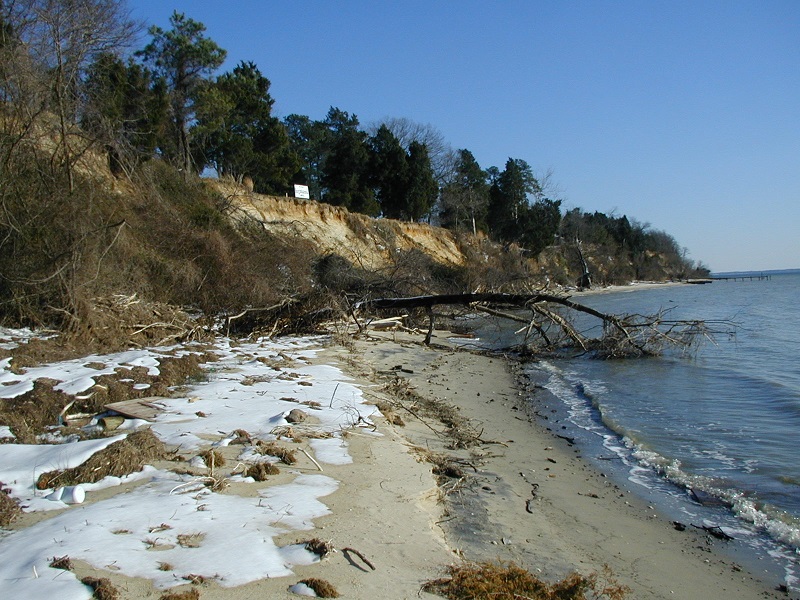
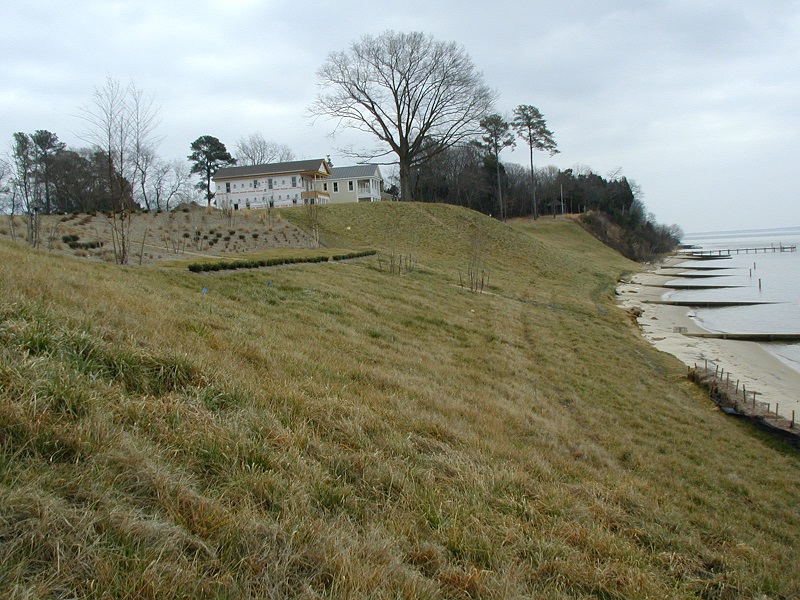
What is the length of the shoreline of interest?
Please select an answer!
Is there an established marsh along this shoreline?
Please select an answer!
How wide is the marsh?
Please select an answer!
Is there a beach along the shoreline?
Please select an answer!
Is there an existing groin field?
Please select an answer!
What is the shoreline exposure/fetch?
Please select an answer!
What is the nearshore water depth?
Please select an answer!
